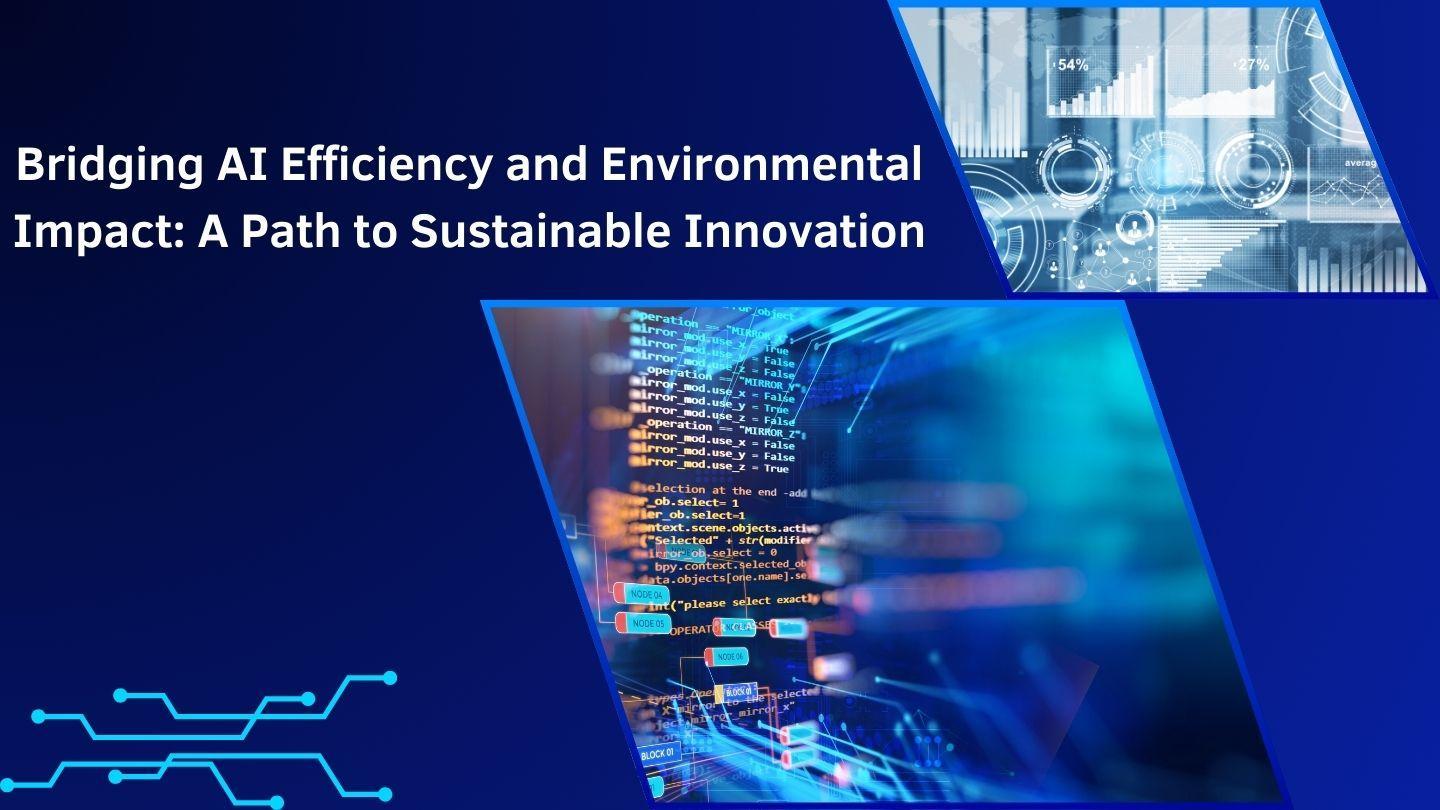In an era of digital acceleration, Artificial Intelligence (AI) has long been associated with optimizing productivity, enhancing cognitive capabilities, and refining operational efficiency. However, recent advancements highlight its potential to contribute to environmental sustainability in groundbreaking ways. Kalyan Chakravarthy Thatikonda, a passionate researcher in AI-driven productivity, presents a novel framework that connects AI-driven efficiency gains to large-scale global reforestation efforts. His study explores how the time saved through AI automation can be redirected toward ecological restoration, providing a transformative approach to leveraging technology for the planet’s benefit.
The Convergence of AI and Sustainability
AI has fundamentally altered how professionals solve complex problems, streamline workflows, and enhance decision-making processes. From machine learning models that refine data processing to natural language processing systems that automate communication, AI has significantly improved workplace productivity. This research takes this progress a step further by proposing a framework that quantifies AI-driven time savings and repurposes them for environmental restoration efforts such as tree planting and carbon sequestration.
Quantifying AI-Driven Time Savings
The Global Time Liberation (GTL) model quantifies AI-driven time savings by calculating the cumulative hours saved through automation. With over 27 million developers worldwide and AI boosting efficiency by an average of 20%, a significant pool of freed-up time emerges. The framework suggests that redirecting just 10% of these saved hours to sustainability initiatives could yield measurable ecological benefits. By leveraging AI-driven efficiencies, industries can not only enhance productivity but also contribute to global sustainability efforts, turning technological advancements into actionable solutions for environmental challenges.
Translating Productivity into Reforestation
The Environmental Conversion Framework extends the GTL model by linking AI-driven productivity gains to reforestation. It proposes allocating a portion of AI-freed work hours to tree-planting initiatives, potentially enabling the planting of over one billion trees annually. This approach enhances carbon sequestration, helping to offset global emissions and combat climate change. By transforming saved labor into ecological impact, the framework presents a scalable solution for sustainability, merging technological efficiency with environmental responsibility.
Measuring the Environmental Impact
The study quantifies the ecological benefits of AI-driven reforestation using validated carbon sequestration metrics. Findings indicate an estimated annual reduction of 11.68 million metric tons of CO2—comparable to removing over two million vehicles from roads. Additionally, AI-optimized afforestation efforts could add 216,000 hectares of new forest cover annually, enhancing biodiversity and ecological stability. By integrating empirical data, the research highlights AI’s role in accelerating large-scale reforestation, mitigating climate change, and promoting environmental sustainability through precise carbon capture and ecosystem restoration strategies.
The Economic and Social Value of AI-Driven Sustainability
Beyond environmental benefits, the study highlights the economic value of AI-driven reforestation efforts. The research estimates that the carbon credits generated from these efforts could exceed $467 million annually, with total ecosystem services contributing an additional $892 million. Furthermore, these initiatives could foster social and community benefits, creating employment opportunities in ecological restoration and environmental conservation.
Industry Participation and Scalable Solutions
The framework offers a scalable approach to embedding AI-driven efficiency into sustainability efforts. By promoting industry-wide participation, businesses can integrate AI-powered ecological initiatives into their corporate social responsibility strategies. The study highlights that even limited adoption can trigger a cascading effect, encouraging broader environmental engagement. This model ensures that companies of all sizes contribute to sustainability, leveraging AI to drive impactful and scalable green initiatives across industries.
Future Directions in AI and Sustainability
The intersection of AI efficiency and environmental sustainability opens new avenues for further research. Potential explorations include AI-driven solutions for optimizing renewable energy usage, automating environmental monitoring, and enhancing biodiversity conservation efforts. Additionally, studies on corporate engagement and incentive mechanisms could drive broader participation in AI-assisted sustainability initiatives.
In conclusion, Kalyan Chakravarthy Thatikonda’s groundbreaking research highlights the potential of AI-driven productivity gains in fostering environmental sustainability. By combining AI efficiency with large-scale reforestation, this innovative framework provides a roadmap for sustainable progress. As AI continues to revolutionize industries, its integration into global ecological restoration efforts can serve as a powerful force for both technological advancement and environmental conservation, positioning digital transformation as a catalyst for a greener future.



































